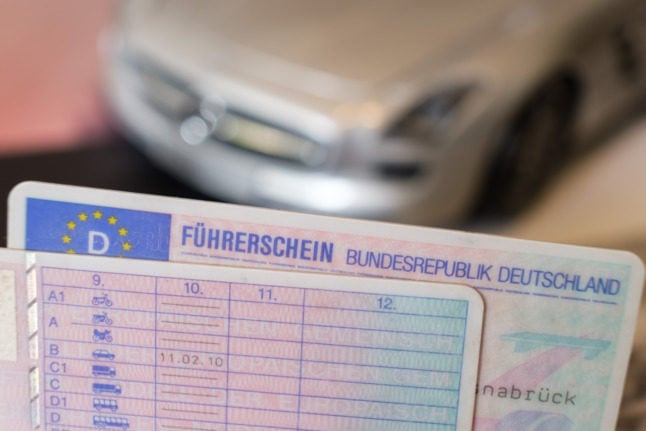Almost 178,700 new cars were registered in Germany in October, 34.9 percent fewer than in the same month last year, the KBA federal transport authority said in a statement.
After a fast start to the year, the increasingly short supply of semiconductors, a key component in both conventional and electric vehicles, has slowed the sector’s momentum.
“Semiconductor bottlenecks were again the main obstacle to production,” the VDA German carmakers federation said in a statement.
At car plants in Germany, production was down 38 percent in October on the previous year, as some manufacturers were obliged to pause production due to a lack of chips, according to the VDA.
In total since the beginning of the year, 2.2 million cars have been sold in Germany, five percent less than over the same period last year.
READ ALSO: Why people in Germany should buy Christmas gifts early this year
“We are heading towards a smaller overall market in 2021,” president of the German car importers’ federation Reinhard Zirpel said.
“Customers want to buy more cars,” Zirpel added, but limits on production meant that carmakers were unable to meet demand.
The industry was at the “peak of the crisis”, said Peter Fuss, a partner at the EY consultancy.
Shortages have had a “massive impact” on mass-market manufacturers, Fuss said, while premium brands were “relatively untouched” by bottlenecks.
Sales of electric vehicles, however, increased by 32 percent year on year, with over 30,000 registered in October, according to the federal transport authority.



 Please whitelist us to continue reading.
Please whitelist us to continue reading.
Member comments